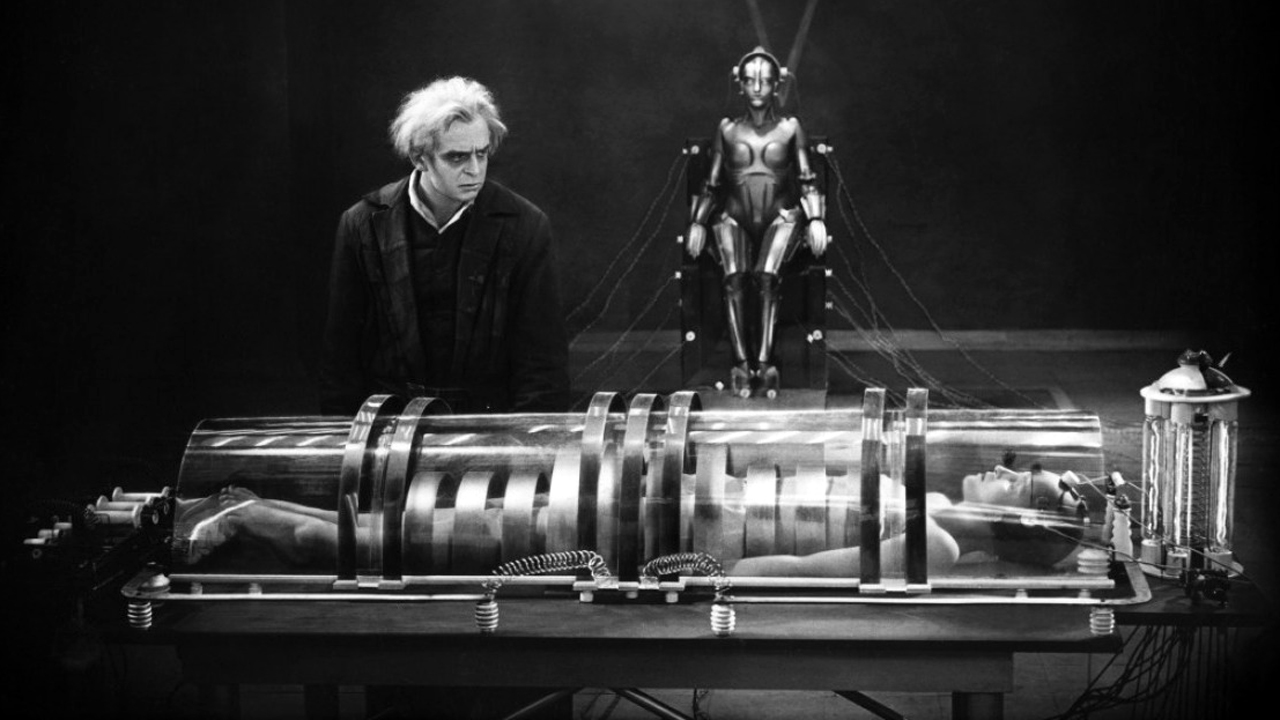10 Things I Learned: Things to Come










Susan Arosteguy is a producer at the Criterion Collection.



